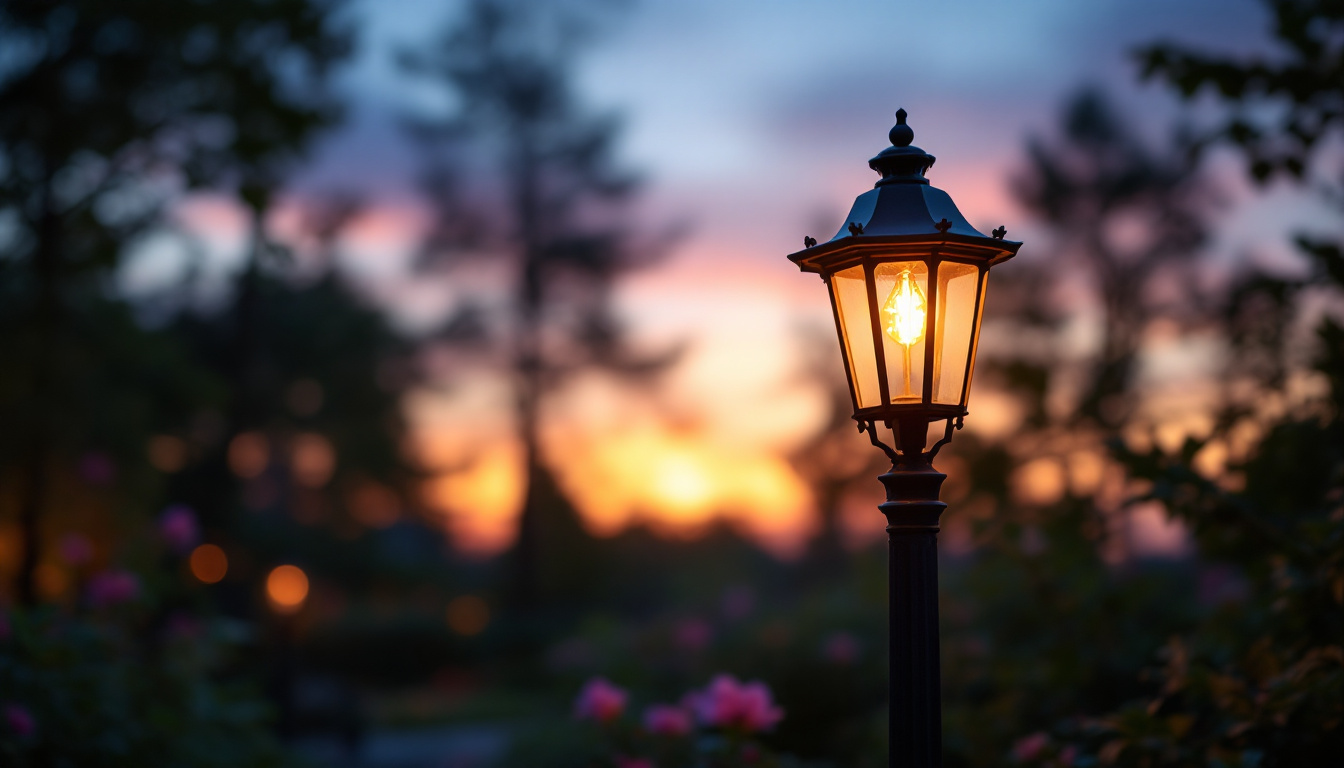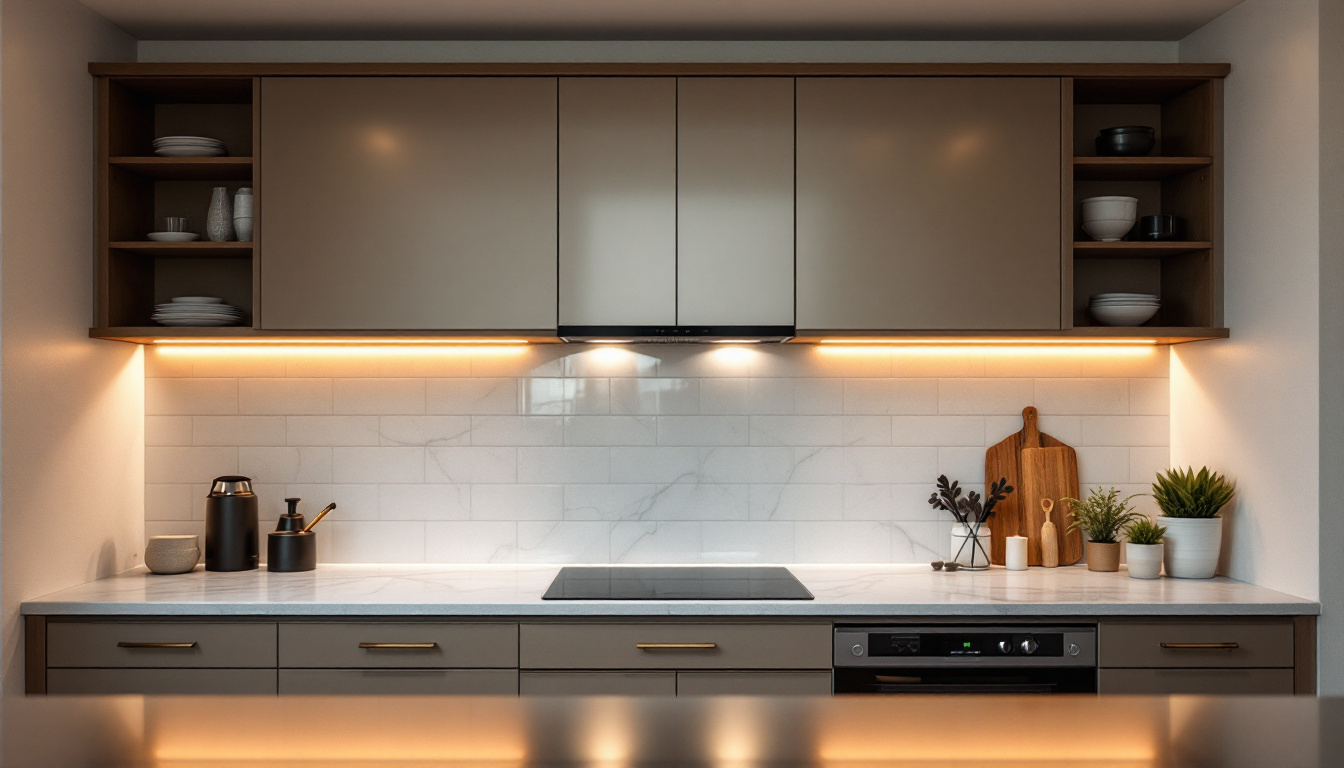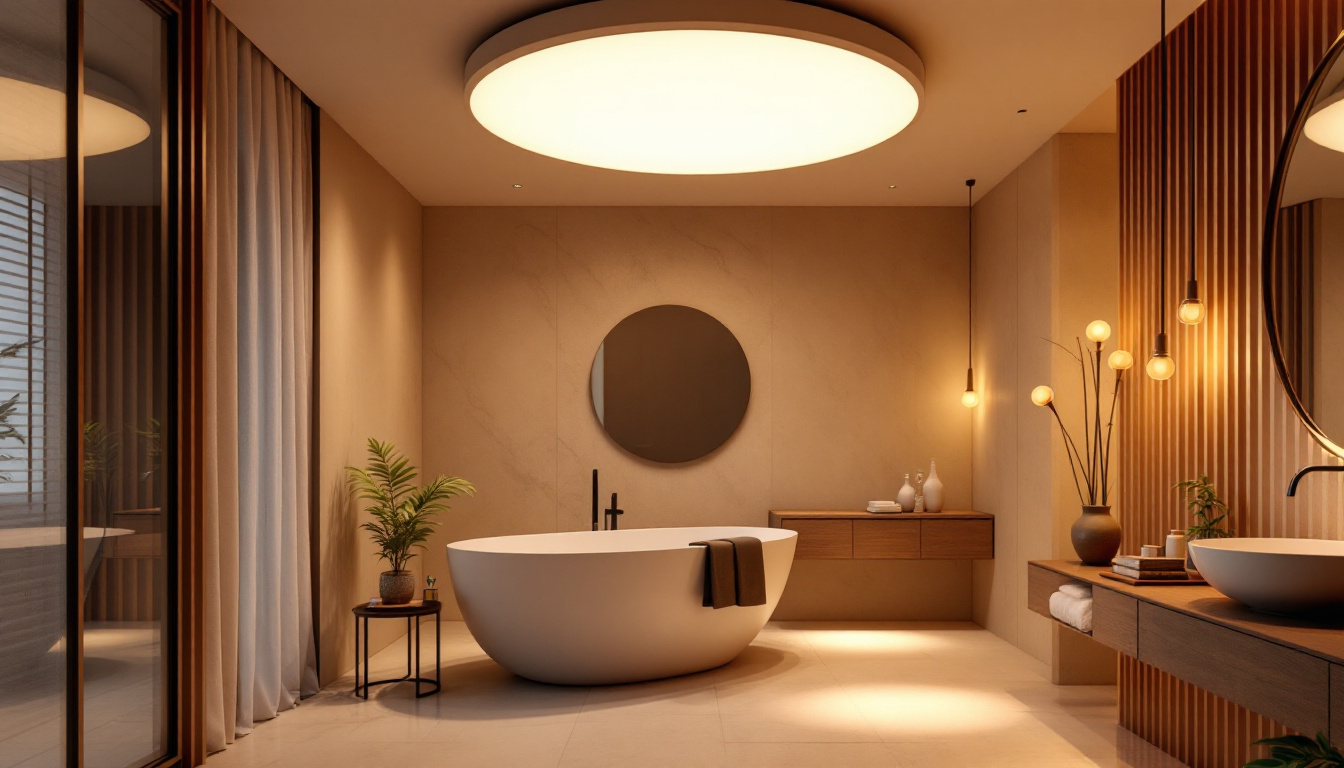
outdoor lighting is not just about aesthetics; it plays a crucial role in safety, security, and functionality. For lighting contractors, understanding the nuances of outdoor lamp post lighting can significantly impact project success. This article explores common pitfalls in lighting projects and offers strategies to avoid them, ensuring that installations are both effective and efficient.
outdoor lamp post lights serve multiple purposes. They enhance the beauty of landscapes, provide safety for pedestrians, and deter potential intruders. However, the effectiveness of these lights hinges on proper planning and execution. A well-thought-out lighting design can elevate a space, while poor choices can lead to wasted resources and dissatisfaction.
When installed correctly, lamp post lights can dramatically transform outdoor spaces. They highlight architectural features, illuminate pathways, and create inviting atmospheres. However, choosing the wrong style or placement can detract from the overall look. It’s essential to consider the architectural style of the property and the surrounding environment when selecting fixtures. For instance, a vintage-style lamp post may complement a classic home beautifully, while a sleek, modern design might be more suitable for contemporary architecture. Additionally, the choice of materials—whether wrought iron, aluminum, or even solar-powered options—can further enhance the visual appeal and sustainability of the lighting scheme.
Proper lighting is vital for safety. Well-lit pathways and entryways reduce the risk of accidents and increase visibility at night. Additionally, strategically placed lamp posts can deter criminal activity. However, inadequate lighting can create shadows and dark spots, which may lead to safety hazards. Contractors must assess the specific needs of the area to ensure adequate illumination. Beyond mere visibility, the color temperature of the bulbs used can also influence safety; warmer tones tend to create a more inviting atmosphere, while cooler tones can enhance clarity and focus. Furthermore, integrating motion sensors or smart lighting systems can provide an added layer of security, ensuring that lights activate when movement is detected, thereby alerting homeowners to any potential intruders.
Even experienced contractors can fall into traps when planning outdoor lighting projects. Recognizing these common mistakes is the first step toward avoiding them.
One of the most significant oversights in lighting projects is neglecting local regulations and codes. Many municipalities have specific guidelines regarding the type, brightness, and placement of outdoor lighting. Failing to adhere to these regulations can result in fines, required modifications, or even project delays. Always check local ordinances to ensure compliance before proceeding. Additionally, some areas may have restrictions on light pollution and energy consumption, which can influence the choice of fixtures and the overall design of the lighting plan. Understanding these regulations not only helps in avoiding penalties but also contributes to creating a more sustainable and community-friendly environment.
The placement of lamp post lights is critical for achieving optimal illumination. Many contractors make the mistake of installing lights without considering their effect on the surrounding area. For instance, placing a lamp post too far from a pathway can leave dark spots, while placing it too close can create glare. Conducting a thorough site analysis can help determine the best locations for installation. Moreover, it’s important to consider the height and angle of the fixtures, as these factors can significantly impact the distribution of light. A well-placed lamp post can enhance safety and visibility, while also adding to the aesthetic appeal of the outdoor space, creating a welcoming atmosphere for residents and guests alike.
With a plethora of outdoor lighting options available, selecting the right fixture can be daunting. Some contractors may opt for aesthetically pleasing designs without considering functionality. For example, decorative fixtures may not provide sufficient light output for safety. It’s essential to balance style with practicality, ensuring that the chosen fixtures meet the lighting needs of the space. Additionally, energy efficiency should be a key consideration; LED fixtures, for instance, not only offer longevity but also lower energy costs over time. The choice of materials is also crucial, as fixtures made from weather-resistant materials will withstand the elements better, ensuring durability and reducing maintenance costs in the long run. By carefully evaluating both the aesthetic and functional aspects of outdoor lighting, contractors can create a harmonious blend that enhances both safety and design.
A well-structured plan can help avoid many of the mistakes mentioned above. By taking the time to plan thoroughly, contractors can ensure that their projects run smoothly and meet client expectations.
Before any installation begins, a comprehensive site assessment is crucial. This process involves evaluating the area’s layout, existing structures, and natural features. Consider factors such as the intended use of the space, foot traffic patterns, and potential obstacles that could block light. A detailed assessment will inform decisions about fixture types, placements, and overall design. Additionally, it’s important to take note of the surrounding environment, including nearby trees or buildings that may cast shadows at different times of the day. Understanding these dynamics can help in selecting the right fixtures that will provide adequate illumination without creating harsh glares or dark spots.
A lighting design plan serves as a roadmap for the project. It should include details about fixture types, placements, and the desired lighting effects. Incorporating elements such as layer lighting—using ambient, task, and accent lighting—can enhance the overall design. Additionally, consider energy-efficient options that can save costs in the long run. A well-thought-out plan not only ensures consistency but also helps in presenting ideas to clients effectively. Moreover, it’s beneficial to include a timeline for installation and maintenance schedules, as this can help manage client expectations and ensure that the project stays on track. Engaging clients in the design process by discussing their preferences and any specific features they wish to highlight can also lead to a more personalized and satisfying outcome.
The choice of fixtures can make or break an outdoor lighting project. Understanding the various options available and their implications is essential for contractors.
Outdoor lamp post lights come in various styles and functionalities. Some of the most common types include traditional lanterns, modern LED fixtures, and solar-powered options. Each type has its advantages and disadvantages, depending on the project’s specific needs. For instance, while solar lights are energy-efficient and easy to install, they may not provide adequate illumination in shaded areas. Conversely, traditional fixtures may require more maintenance and energy consumption.
Energy efficiency has become a significant factor in lighting design. LED fixtures are a popular choice due to their longevity and low energy consumption. They can significantly reduce electricity costs while providing bright, consistent light. When selecting fixtures, consider the energy ratings and the potential for smart technology integration, which can further enhance efficiency through automated controls.
Once the planning and selection phases are complete, the installation process begins. Adhering to best practices during installation can prevent future issues and ensure the longevity of the lighting system.
Electrical safety is paramount when installing outdoor lighting. Ensure that all wiring is weatherproof and complies with local electrical codes. Using high-quality connectors and junction boxes can prevent moisture ingress, which is a common cause of electrical failures. Additionally, consider using underground conduits for wiring to protect against physical damage and environmental factors.
After installation, testing the lighting system is essential. This phase allows contractors to identify any issues with brightness, coverage, or fixture performance. Adjustments may be necessary to achieve the desired effect. It’s also advisable to conduct a nighttime walkthrough with the client to ensure satisfaction and make any final tweaks.
Even the best-installed outdoor lighting systems require maintenance to ensure they function correctly over time. Understanding how to maintain these systems can save contractors and clients from costly repairs down the line.
Conducting regular inspections of outdoor lamp post lights is crucial for identifying potential issues early. Check for signs of wear, such as cracked fixtures or corroded wiring. Additionally, ensure that the light bulbs are functioning correctly and replace any burnt-out bulbs promptly. Regular maintenance can extend the lifespan of the fixtures and maintain their performance.
Outdoor fixtures are exposed to the elements, which can lead to dirt and debris buildup. Regular cleaning helps maintain their appearance and functionality. Use appropriate cleaning solutions and avoid abrasive materials that could scratch surfaces. For solar-powered fixtures, ensure that solar panels are free from obstructions to maximize efficiency.
Outdoor lamp post lighting projects can significantly enhance the safety, security, and beauty of outdoor spaces. However, avoiding common mistakes is crucial for ensuring project success. By understanding the importance of proper planning, fixture selection, and installation practices, lighting contractors can deliver exceptional results that meet client expectations.
Ultimately, the key to avoiding costly mistakes lies in thorough preparation and a commitment to quality. By implementing these strategies and staying informed about industry trends, contractors can elevate their outdoor lighting projects to new heights, ensuring satisfaction for both themselves and their clients.
Ready to take your outdoor lighting projects to the next level? At LumenWholesale, we provide you with the highest quality, spec-grade lighting products at prices that can’t be beaten. Say goodbye to local distributor markups and hello to a vast selection of reliable, high-performance lighting that meets the most stringent industry standards. With free shipping on bulk orders, you can trust that you’re getting premium lighting at the best value — all without hidden fees or compromises. Elevate your lighting projects with the perfect blend of quality, affordability, and convenience. Explore our wholesale lighting options now and light up your next project with confidence.

Discover why staying updated on undercabinet lighting trends is crucial for lighting contractors.

Discover why lighting contractors should prioritize porch light outdoor installations.

Discover how LED bathroom ceiling lights can transform your space with innovative lighting designs.

Discover how the right classroom lamps can boost lighting project efficiency, enhance learning environments, and promote energy savings.